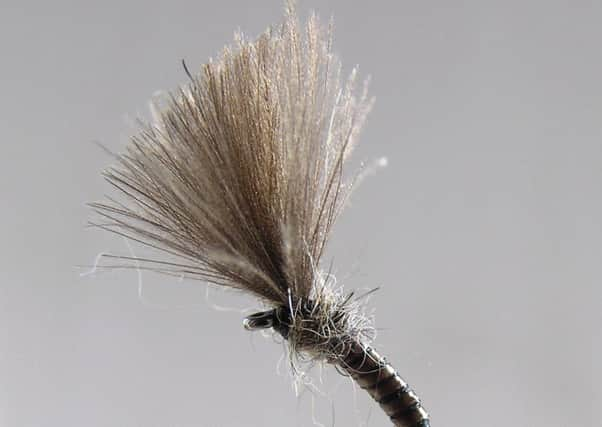Fly fishing: Cunning fly but it is not my day at the river


There are now only a few things that my physiotherapist has advised me to avoid; ironing, I am assured, is very dangerous because the iron handle is very narrow and I may lose my still compromised grip on it. He is also concerned that using a vacuum cleaner might slow down my rehabilitation.
It is far too complicated for me to understand but it’s something to do with electrical vibrations and blood circulation. As usual, I just do as I’m told.
Advertisement
Hide AdAdvertisement
Hide AdThe remaining impairment to my sense of touch is a bit of a problem. One of the most vital skills to an angler of any persuasion, is the ability to tie effective knots.
Fumbling fingers do not make it easy to tie a tucked half-blood knot in a piece of monofilament that is 0.13mm in diameter.
A recent afternoon found me sitting by the River Nidd. I always spend several minutes taking stock before I even make a cast. The river was very low and so I had taken up position by a long riffle - a point where the river is fairly shallow but fast flowing over stones.
I decided that this was perfect fish habitat, given the conditions. The broken water gives the trout a sense of security, a stony river bed is home to many of the aquatic insects that constitute fish food.
Advertisement
Hide AdAdvertisement
Hide AdMost importantly, as the river burbles over the stones, it picks up life giving oxygen. It does require an experienced eye, but as I watched I could see the occasional swirl and splash in the broken water.
I watched a little longer; there were no adult flies to be seen on the water so I reasoned that the fish were eating nymphs. The occasional splash suggested that some of the nymphs were being eaten at the water surface as they hatched into adult flies.
I carefully made my way to the downstream end of the riffle so that I could cast my fly upstream to the fish.
Steve has tied an example of the fly that I use in these circumstances and in which I have enormous confidence. Simplicity is often best. This consists if a peacock feather with the fuzzy bits removed with a pencil rubber, wrapped round the hook and topped off with a bit of duck’s bum fluff.
Advertisement
Hide AdAdvertisement
Hide AdSeated on a bank-side tussock, I reckon that it took me a good five minutes to tie a satisfactory knot; the finger ends stubbornly refusing to properly manipulate the end of my fine leader.
Finally, satisfied with my efforts, I turned my attention back to the water where nothing had altered. The subtle changes in the flow of the water and the occasional flattening of the ripples reassured me that the trout were still busy.
With the rod in right hand and the fly in my left, I carefully stepped into the river, pausing briefly to adjust the prescription Polaroid glasses that I rely upon.
That’s when the right arm of my spectacles disengaged from the rest of the frame, which, swinging on the retaining cord, fell into the water.
Advertisement
Hide AdAdvertisement
Hide AdI managed to grab them before they sank and managed to stuff them down my waders.
I’m as blind as a bat without my specs; the wade to the bank had every potential for disaster.
Five yards out, I tripped over a big stone and went headlong into the Nidd. I must apologise profusely to the two lady dog walkers - I was just thinking out loud.